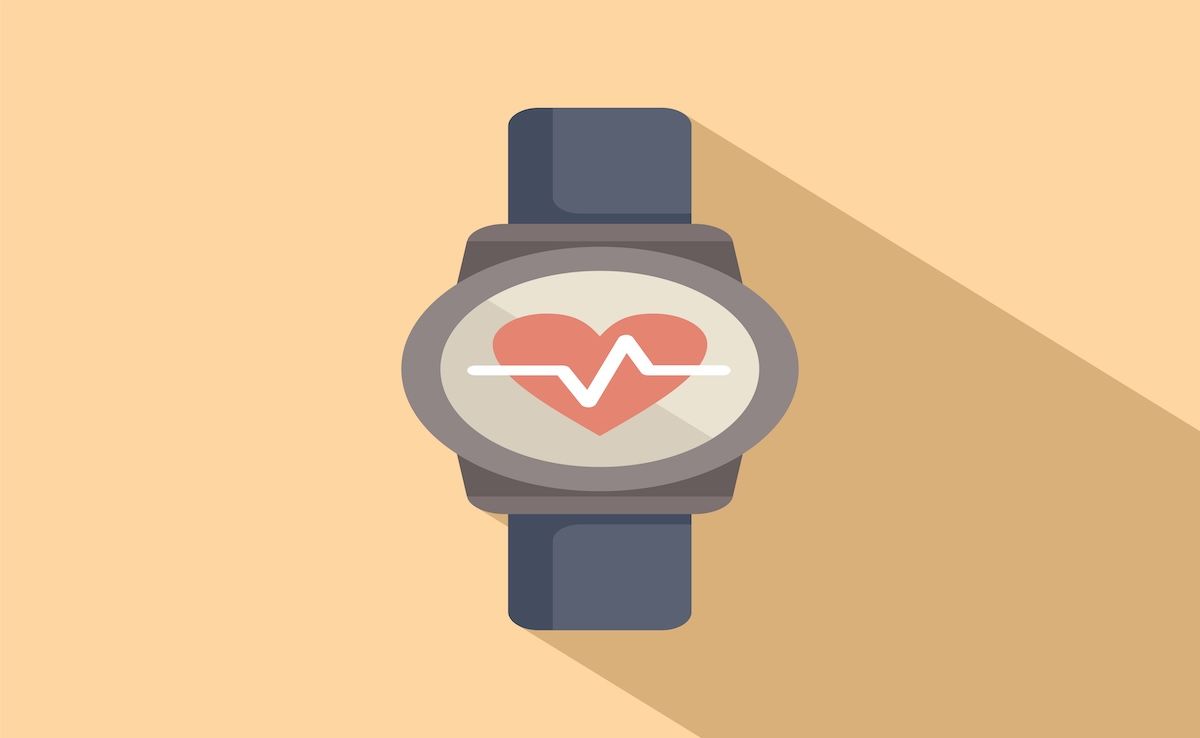Article
Parents of Youth With T1D Generally Prefer Virtual Visit for CGM Initiation
Author(s):
The interview-based study collected feedback from 16 parents of 15 youth recently diagnosed with type 1 diabetes, finding that the majority preferred a virtual continuous glucose monitoring (CGM) information initiation visit rather than an in-person visit.
Amidst steady increases in telemedicine use across the health care sector, researchers of a new study have found that most parents of children initiating continuous glucose monitoring (CGM) are satisfied with the method of education.
The interview-based study collected feedback from 16 parents of 15 youth recently diagnosed with type 1 diabetes, finding that the majority preferred a virtual CGM initiation visit rather than an in-person visit. The researchers noted that due to their small sample size, their findings may have limited generalizability.
“Findings from this study are in line with recent literature demonstrating the acceptability and benefits of telehealth-based delivery of diabetes care, which is increasingly becoming a recommended avenue to increase access to care, increase frequency of visits while minimizing travel and time burden, and to monitor patients remotely between visits,” wrote the researchers. “The SARS-CoV-2 pandemic led to a rapid acceleration of expanding the use of telehealth-based care and highlighted its potential as major paradigm shift in diabetes care as well as some challenges (e.g., risk of widening disparities and gaps in access particularly with rural populations; concern about less personalized care over time; lower rates of anthropometric and lab measurements).”
The study, initiated to explore the perspectives of families since this acceleration to telemedicine in diabetes care, follows an initial qualitative study on CGM initiation in person within a month of diagnosis, which found that early initiation of the technology was viewed as being essential and offering benefits to both parents and youth.
In the current interviews, the group of parents indicated that starting CGM through telemedicine visits was convenient for receiving high-quality care. Parents reported feeling glad that they did not have to do additional driving for the appointment; some lived up to 3 hours away from the clinic.
Parents also reported feeling that the method of initiation offered unique benefits, including reducing anxiety for their young children by allowing them to receive care at home. Parents of teenagers also reported that initiating the CGM system at home, in the setting they would continue to use the technology on a day-to-day basis, boosted the confidence of their child and promoted self-efficacy.
Throughout the interviews, some parents indicated a preference for clinics to offer a choice between in-person or virtual visits, reporting that in-person delivery would increase their comfort with the CGM system.
“More research may be needed to better understand what factors drive the preference for in-person or telehealth-based care as well as to understand who may benefit from one modality over the other and for what type of visit (e.g., device initiation versus routine check-ups). Recent work in other healthcare contexts (e.g., primary care, mental health-care) suggests that several different priorities may inform patient preference for telehealth or in-person including time until the appointment; severity of the problem; relationship with their provider; and lack of time for an in-person visit, among others.”
Challenges associated with the virtual care reported by some parents included trying to learn how to apply the first sensor from the physician through a computer screen and feeling an increase in anxiety/fear that they would make an error when applying the first sensor.
Another challenge reported by parents was a sense of the visit being long with an overwhelming amount of information, though the researchers noted that this is not unique to virtual visits.
Reference
Tanenbaum M, Zaharieva D, Addala A, et al. ‘Much more convenient, just as effective’: experiences of starting continuous glucose monitoring remotely following type 1 diabetes diagnosis. Diabetic Med. Published online July 28, 2022. doi:10.1111/dme.14923





